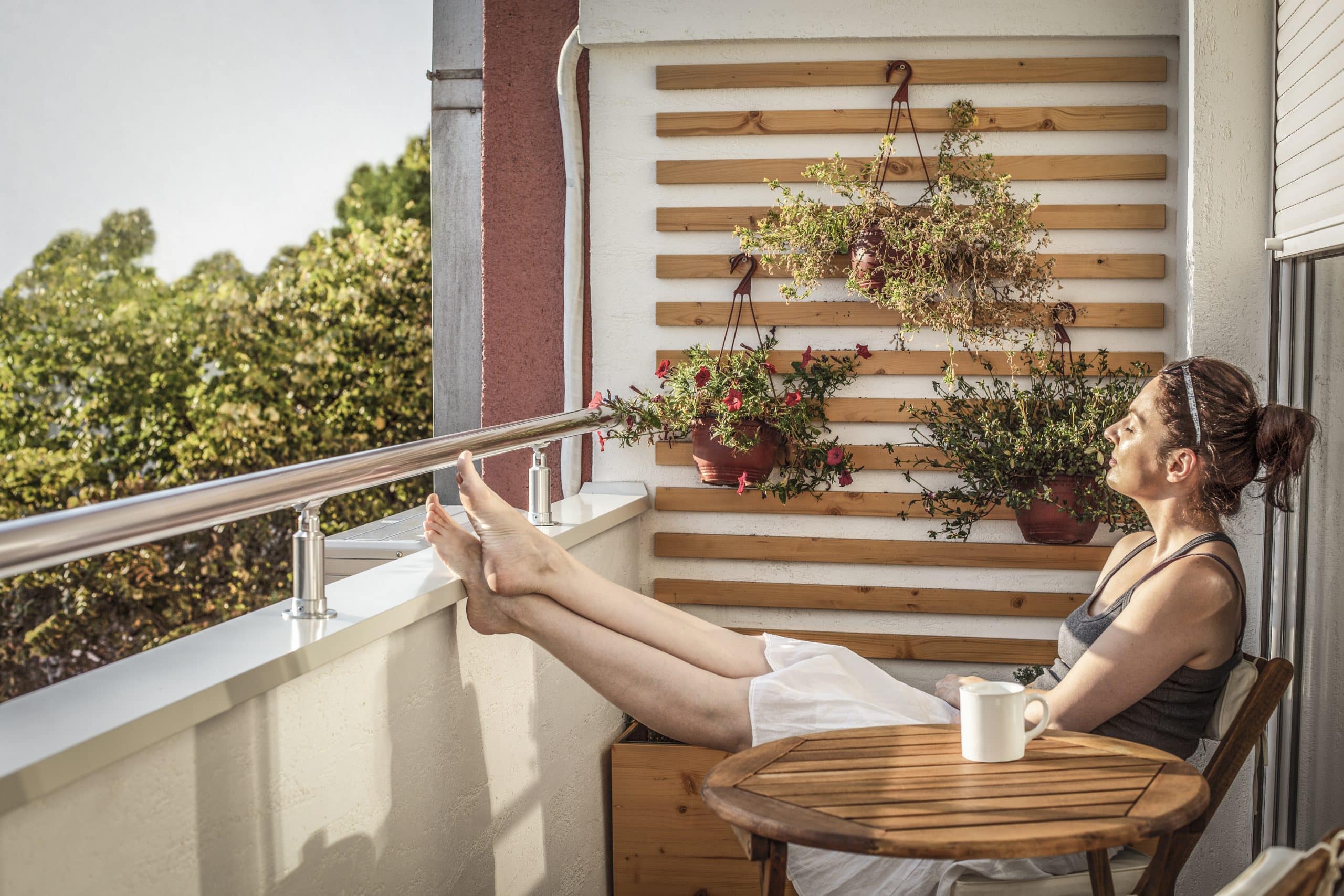Have you ever noticed that your mood seems to change with the season? Do winter months find you feeling more depressed and withdrawn than normal? Does this seem to happen consistently every year?
If you answered yes to one or more of these questions, then you may want to consider having a conversation about Seasonal Affective Disorder (SAD) with your healthcare provider.
Seasonal Affective Disorder (SAD) is a term used to describe a fluctuation of mood that is a type of mood disorder. Most commonly people experience this shift of mood during winter months, but it can develop in the spring months as well. The symptoms of SAD follow a seasonal pattern with depressed mood with remission after the season ends. The key factor that differentiates SAD from major depression is that the individual is still functional and able to complete daily tasks without much interference. Most experts and physicians believe that the change in the amount of sunlight that we receive, depending on the time of year, is what affects the change in mood that some people experience. For instance, in winter months we tend to have less hours of sunlight and as such some people experience this change in mood from the decreased exposure.
It is important that you follow up with your healthcare provider to rule out any other medical conditions that may mimic SAD such as hypothyroidism, vitamin D deficiency, iron deficiency or other psychiatric disorders.
I have SAD, what are my treatment options?
If left untreated, SAD will normally resolve with time. If a patient has fall-winter onset, symptoms will normally resolve in the spring. If a patient has spring-summer onset, symptoms will resolve in the fall. However, other therapies may be considered, for instance light therapy, medication or a combination of both.
What is light therapy?
Simply put, light therapy is treatment involving artificial exposure to light that mimics natural sunlight. It is thought to reset the natural rhythm in your body that regulates wake-sleep cycle, which may be affected in certain seasonal months. This artificial light exposure is a specific type of light that mimics those of the sun’s rays. At times, it can be set on a timer to slowly brighten a room in the morning and darken the room during the evening hours. These lights are readily available at therapy centers, from local retailers or online. For light therapy, 20 to 30 minutes of exposure per day has shown to give great benefit and mood boosts when used correctly. Most people notice the effects of treatment in one to two weeks after starting therapy.
Similarly, just 20-30 minutes a few times a week of outdoor activity will likely have the same positive effect. Try hiking, walking, running or having a picnic in the park. Most people will begin noticing the effects of treatment in one to two weeks after starting therapy.
What are medication options?
The first line medication option for treatment is a Selective Serotonin Reuptake Inhibitor (SSRI), which is an anti-depressant that increases the serotonin in your body which helps regulate mood. After one month of light therapy or direct sunlight exposure with no improvement in mood, then it is advised that you seek medical intervention. Talking to your healthcare provider is a great starting point.
Will it happen every year?
For some people, they have isolated incidences and then it resolves and never reoccurs. Some people may experience this every year, but treatment may vary from year to year depending on the person. For instance, one-year light therapy may be all that is needed for resolution of symptoms, whereas it may not be enough therapy in the years to come. It is always advised to start with the most minimal intervention, in this case light therapy, and then increase therapy if response is not adequate, such as medications. Life stressors and other health conditions may play a role in the intervention that is necessary and is a conversation that you should have with your healthcare provider before you start any therapy.
Can it progress to Major Depression?
It can progress to Major Depression, but often it remits at the end of the season and may return the next year. If your symptoms progress after the end of the season, for instance winter-onset of mood change but no improvement in the spring, then the consider for major depression needs to be visited. The key factor that separates SAD from major depression is the seasonal change of mood. If the mood change is the same after the change of seasons, a diagnosis of major depression or other health conditions should be considered. Talk with your healthcare provider about your concerns and how they can help with management.
SAD is more common than we think. It is not just the winter blues; your body is aware of the seasons and can sense the changes. For most, natural sunlight is the cure that they need but others may need medication. Either way, there is a solution and the season will always change.
Helpful Resources
Here are some resources for further information:



